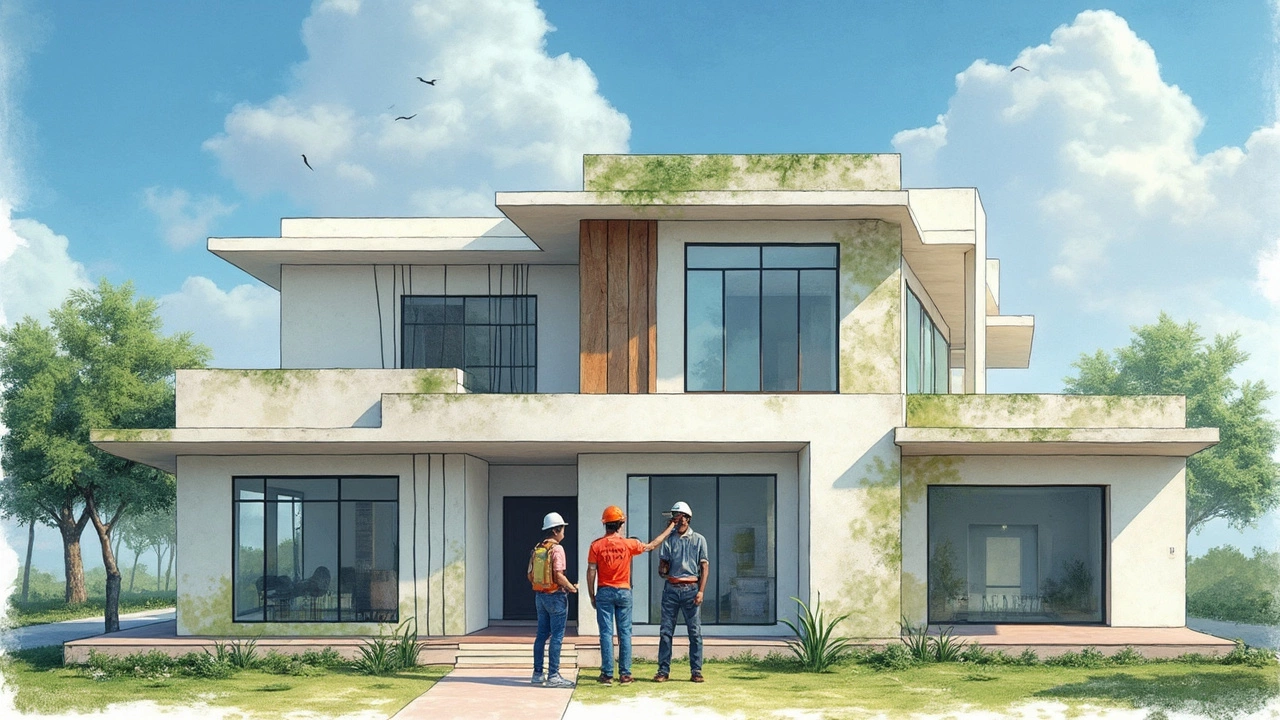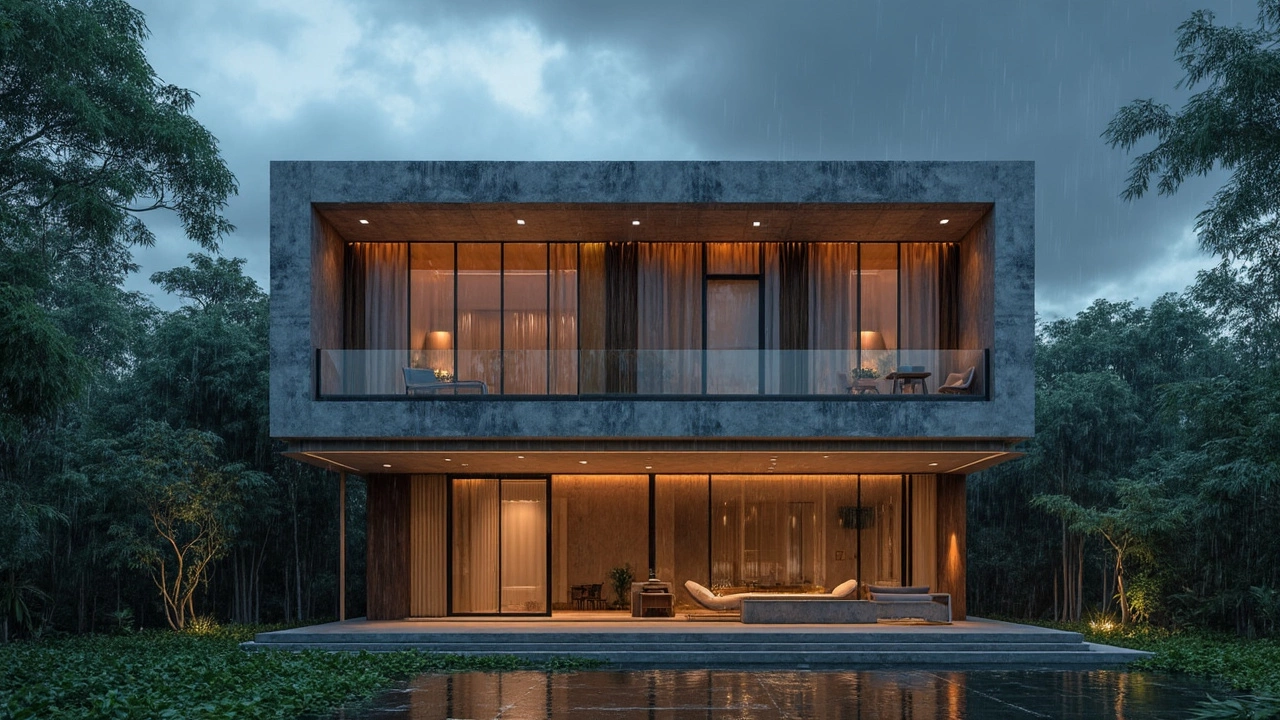New Builds: Foundations, Costs, and Modern Techniques
When working with New Builds, construction projects that start from a clean slate, often involving design, permitting, and full‑scale execution. Also known as ground‑up construction, it sets the foundation for everything from homes to sports facilities. In the world of sports flooring, a fresh build means the floor can be tailored for shock absorption, traction, and durability right from day one. That flexibility is why many owners prefer a brand‑new venue over a retrofit. Below we’ll unpack the most common questions you’ll face when planning a new builds project.
One fast‑growing trend is Hybrid Construction, the combination of two structural systems—like steel framing with concrete cores—in a single building. Also called mixed‑system construction, it offers designers the ability to match the best material to each part of the structure. The benefit? You can get the speed of prefabricated steel while keeping the fire resistance of concrete. The downside is juggling different code requirements, which means a tighter coordination schedule. In short, hybrid construction requires careful code compliance and a clear sequencing plan—key factors for any new builds schedule.
Budgeting is another crucial piece, and that’s where Construction Profit Margin, the difference between project revenue and total cost, measured either as gross or net percentage comes in. A healthy margin—typically 8‑12% net for ground‑up projects—lets you absorb unexpected material price shifts or design changes without eroding profit. Knowing the margin influences how much you can allocate to premium flooring, lighting, or climate control, especially in facilities that demand high‑performance surfaces. Tracking gross versus net also helps you spot where overhead is eating into earnings, so you can adjust bids or negotiate better subcontractor rates.
Even with perfect planning, issues can arise after the concrete cures. Foundation Cracks, splits in the slab or footings that indicate movement, settlement, or moisture problems are a red flag. Small hairline cracks are normal, but wide or growing cracks affect the structural integrity of a new builds project and can lead to uneven flooring—something you definitely don’t want for a sports surface. Spotting serious cracks early means you can seal, reinforce, or, if needed, replace sections before the interior work begins. Regular inspections during the curing phase save time and money later.
Finally, many owners wonder about Drilling New Build Walls, the practice of creating openings in freshly poured walls for cables, fixtures, or mounting systems. It might seem simple, but drilling too early can weaken a wall before it gains full strength. The rule of thumb is to wait at least 28 days after concrete placement, use the right anchor type, and avoid high‑impact tools that could cause micro‑fractures. Proper drilling enables the safe installation of sports equipment, lighting rigs, and ventilation without compromising the wall’s load‑bearing capacity.
Armed with these insights—hybrid construction options, profit‑margin planning, crack detection, and safe wall drilling—you’re ready to tackle the next phase of your ground‑up project. Below, you’ll find a curated list of articles that dive deeper into each topic, offering step‑by‑step guides, real‑world examples, and budgeting tools to keep your new builds on track.
 4 Mar 2025
4 Mar 2025
Mold in new constructions is surprisingly common, often due to factors like trapped moisture, rushed construction timelines, and inadequate ventilation. Understanding why this happens can help in preventing these unpleasant surprises in brand new homes. The key lies in recognizing the signs early and implementing effective preventative measures. With a focus on controlling humidity and ensuring proper airflow, homeowners can safeguard their newly built properties from mold.
View More
 8 Feb 2025
8 Feb 2025
Newly built homes might seem invincible to issues like mold, but the reality is quite different. While modern construction techniques aim to prevent mold, it can still occur if certain precautions aren't taken. This article explores why new builds can get mold, the common causes, and actionable steps homeowners can take to prevent it. From understanding moisture management to recognizing early signs, stay informed to protect your investment. Mold prevention isn't just for old houses; new builds need attention too.
View More

